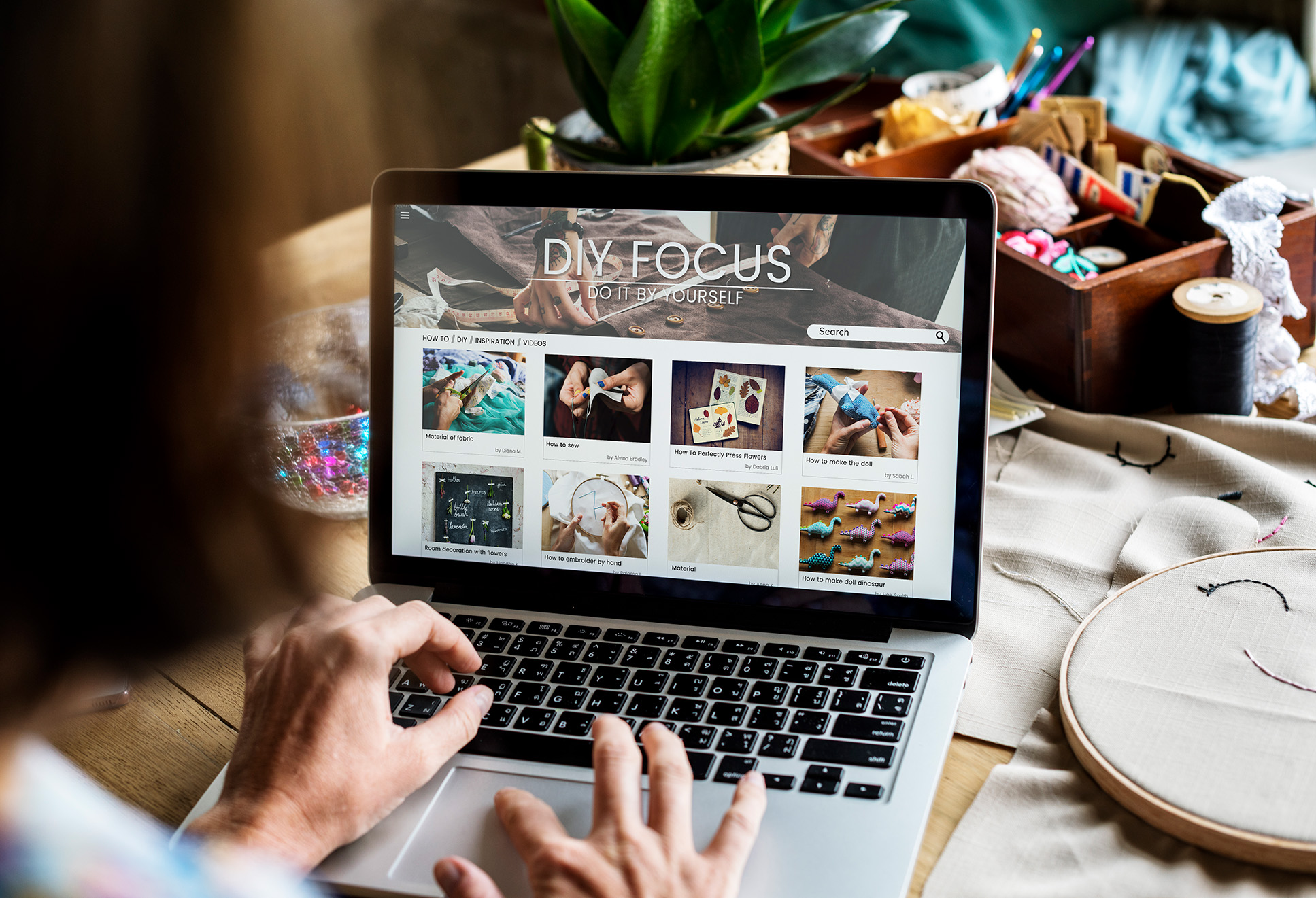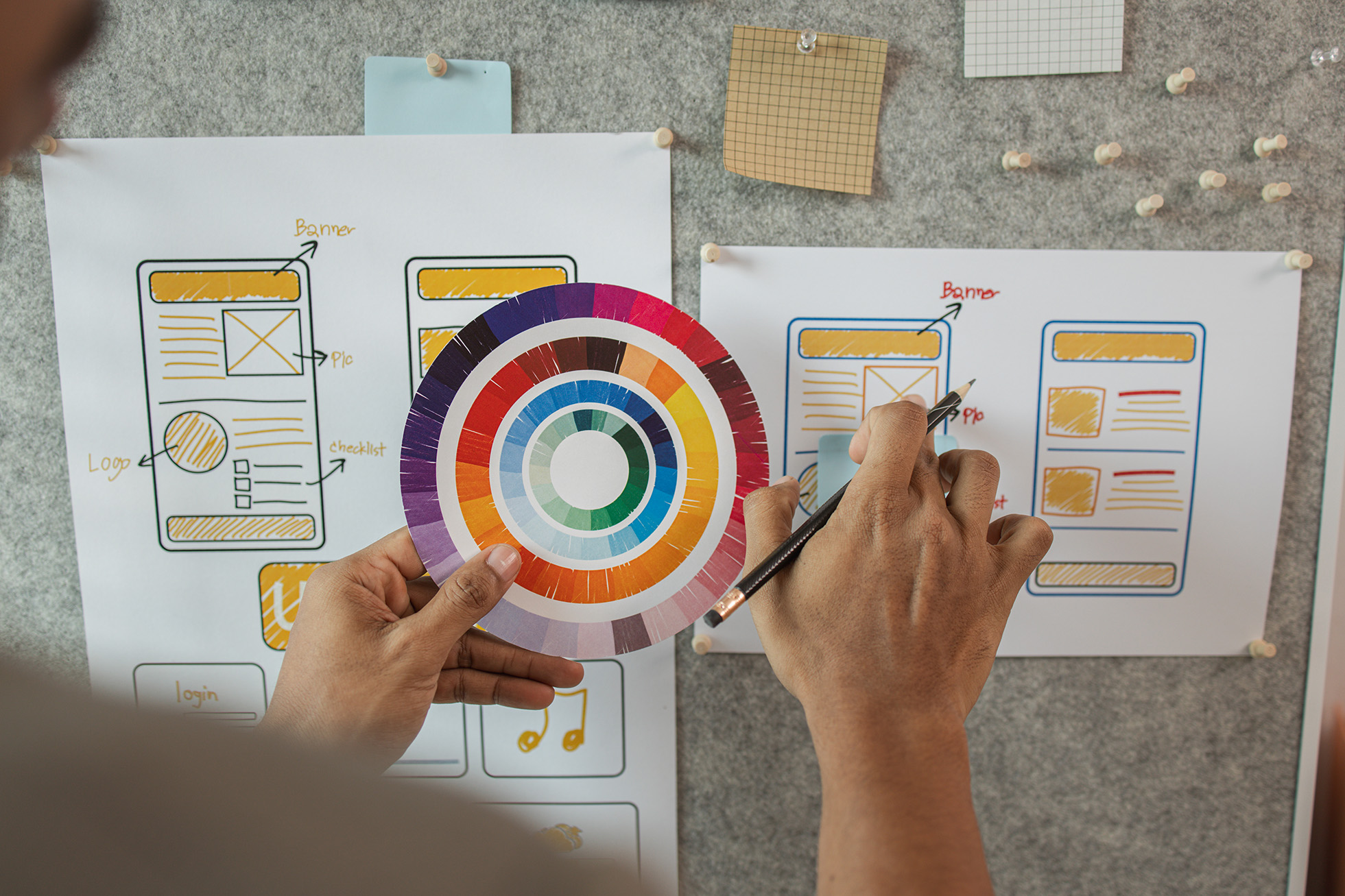

If you're a business owner in Paphos or anywhere in Cyprus, you're probably wondering what it actually costs to get a professional website — and why some quotes start at €800 while others go past €3,000. Let’s break it all down in simple terms, whether you're looking to rent or fully own your site.


A web designer does far more than make a website “look good.” They design how your visitors interact with your business online — shaping everything from layout and structure to flow and emotional impact. In a local setting like Paphos, where many small businesses rely on word of mouth, a well-built website helps you stand out and convert interest into real customers. The goal isn’t just beauty — it’s building trust, making sure people find the info they need fast, and guiding them to take action, whether that’s calling, booking, or buying.
The look and feel of your website create an instant emotional response. A skilled designer will make sure your layout, colors, fonts, and photos reflect your brand — whether you're a cozy restaurant in the heart of Paphos or a sleek rental agency serving the island. But it’s not just about visuals. A polished, balanced design creates trust and makes people feel at home. Visitors judge your business in seconds — and design is often what tips the scale toward staying or leaving.
We use clean, modern HTML layouts — not heavy WordPress templates — to keep your site fast and sharp. Clients care about the results, not the tech. But behind the scenes, that technical quality means better performance, fewer issues, and a smoother customer experience.
People will visit your site from their phone in a café, from their laptop at work, or from a tablet at home. That’s why responsive design is a must. Every page we build is made to adapt — meaning your content stays clear and functional on every screen size, whether it’s a small smartphone or a widescreen monitor. Nothing breaks, nothing lags.
If your buttons are too small to tap or your menu disappears on mobile, visitors will leave. Our designs are built to keep attention and reduce frustration. In a place like Cyprus, where many customers check websites while on the move, a mobile-friendly experience isn't optional — it’s essential.
Web design pricing isn’t random — it’s based on how much time, planning, and hands-on work is required. In Paphos or anywhere in Cyprus, the total cost depends on the type of website, its size, the features it includes, and whether you're buying it outright or renting it monthly. The right setup depends on your budget and how quickly you want to get online.
At Ergo Web Design, we keep things flexible: clients can either pay once for full ownership or choose our rental model starting at 99/month — perfect for those who want a strong online presence without large upfront costs. Below are the main things that affect pricing.
A one-page site with clear contact information costs less than a multi-page website or an online shop. Entry-level business websites (1–3 pages) — often used like a digital business card — start from €800 when paid in full. These are ideal for showcasing basic information like services, opening hours, and contact details.
Larger websites with more pages, interactive features, or custom structures naturally require more time to plan, design, and test across devices. Websites with advanced functionality, automations, or custom editing options can go up to €3,000, depending on the scope of work and level of customization.
Webshops are a different beast. You're not just showing products — you're creating a system to handle orders, payments, customer logins, and mobile checkout. Our e-commerce projects start from €3,000 for full builds, or from €220/month plus a one-time setup fee (typically €500, depending on the complexity) for rental-based shops.
Booking systems, product filters, and custom dashboards also add complexity. These features make your site work harder — and that’s great — but they also raise the price because they need more testing, setup, and long-term support.
The cost of a website depends on your needs and how you prefer to pay. A professional website starts at €800, while more complex websites with custom features can go up to €3,000. If you're planning to sell products online, a complete webshop starts at €3,000.
We also offer flexible monthly options. You don’t have to pay the full price upfront — simply rent your site and get full support. If you ever want to own your site, you can buy it later at any time or after 18 months at a reduced rate. It’s an easy way to get started without the pressure of large payments.
Curious about the details? Visit our pages for Web Design and Webshop Development to see what’s included, how the process works, and how we help you launch something that fits your goals.
If you're building a website in Cyprus, one of the first decisions is whether to work with a freelancer or a web design agency. Both have their strengths, and the right fit depends on how fast you want to launch, how complex your site is, and how much ongoing support you expect. The key is finding someone who understands your business and treats your project with care.
At Ergo Web Design, we offer something in between — the flexibility and personal connection of a freelancer, combined with the structured process and reliability of a small team. Here’s how that compares to traditional options.
Freelancers can be ideal if you're on a tight budget or only need a simple website. Communication is usually direct, decisions move faster, and you’re often working with the same person from start to finish. It’s personal and low-pressure — great for smaller projects or when you prefer a relaxed pace.
That said, one person can only do so much at a time. If your project includes more complex features or tight deadlines, a solo designer might need to outsource or stretch timelines. Support after launch may also be limited depending on their availability.
Agencies bring structure and variety. They often have a team of experts handling different parts of your site — from design to content to functionality. For large or fast-moving projects, this can be a huge plus. Agencies are built to scale, offer clear processes, and usually include long-term maintenance packages.
But with size comes formality. Projects may feel less personal, and costs are often higher due to overhead. If you value efficiency and long-term support over a one-on-one connection, a good agency can be the right call — especially if your business is growing.
We’re a small, local team based in Cyprus. You get the same personal contact throughout your project, but with the skills and structure of a compact agency. That means faster replies, fewer layers of communication, and no outsourcing. We design, build, and maintain everything ourselves.
Whether you want a one-page site or an e-commerce platform, we keep things simple, clear, and close to home. We understand the market in Cyprus and can adjust our approach based on your needs — not a pre-set process. It's the sweet spot between affordable, professional, and personal.
Building a website isn’t just about the launch day. While the biggest cost often comes upfront, ongoing care is what keeps your site visible, fast, and secure. Planning for both one-time and monthly costs gives you a more complete picture — and helps you avoid hidden surprises down the road.
At Ergo Web Design, we offer both pricing models: one-time payments or monthly rentals. You choose what fits best for your business today — and still have full flexibility later.
Every website needs hosting and a domain — the essentials that keep your site online. These are recurring costs, typically charged yearly (domain) or monthly (hosting). With our rental plans, these are already included, along with basic maintenance to keep your site running smoothly.
Even if you choose a one-time build, we’ll help you set up hosting and domain renewal so nothing gets lost or disconnected. We only work with trusted providers that offer great performance and security — no cheap hosting that causes issues later.
Websites need updates — whether it's adding a new product, tweaking a service, or improving how something looks. That’s why we offer optional support plans and affordable update packages for both monthly and one-time clients. You’ll never be left stuck with an outdated site.
Need help? Just send us a message. You’ll always know what things cost, and you won’t be pressured into expensive retainers or hard-to-understand fees. You stay in control — we just make it easier.
Our rental model helps you get started without a big upfront investment. As long as monthly payments are made, your site stays active and updated. After 18 months, you have the option to buy it at a reduced fee — or you can continue renting if that works better for your cash flow.
Want to own it sooner? You can buy out the site anytime by paying the remaining full price. We’re clear about every option from the start — no surprises, no pressure. Just a smarter way to grow online at your own pace.
Choosing a web designer isn’t just about skills — it’s about trust. You’re asking someone to shape how your business is seen online, and that requires more than technical know-how. You want someone who listens, understands your vision, and helps turn your ideas into something simple, clear, and effective.
Whether you’re launching your first site or refreshing an old one, working with the right person makes everything easier. You should feel confident, supported, and heard — from the first meeting to the final touches.
Before you choose a designer, check their previous work. A good portfolio shows how they solve problems, present information clearly, and adapt designs to different types of businesses. Don’t just look at flashy effects — focus on how easy the sites are to use and how well they match the business behind them.
Can you find what you need quickly? Does it feel professional? Does the layout guide you naturally through the page? Those are the signs of smart, effective design — and they matter more than trendy visuals.
A good designer will explain how things work — from planning and design to feedback and launch. You don’t need to deal with complicated tools or guess what comes next. We keep the process simple: you tell us your goals, and we guide you through each step with clarity and flexibility.
You’ll know when we need your input and when you can relax. This helps you stay focused on your business while we build a site that fits your vision, timeline, and needs.
Working with a web designer in Cyprus often feels more personal and direct. Many local designers are small businesses themselves, so they understand the challenges of building something real without overcomplicating things.
Whether you're in Paphos, Limassol, or anywhere in between, things tend to move through real conversations, not long forms or endless email chains. You’ll have more control, better communication, and a partnership that feels grounded and human — not transactional.
A local web designer doesn’t just know the tech — they understand how things work in Cyprus. That includes what customers expect, how people use websites here, and what tone feels trustworthy. Whether your clients are tourists, locals, or both, a local designer can shape your site with the right balance of clarity, friendliness, and function.
And if you want to talk through changes or meet in person? No problem. It’s easier to build something solid when you can sit down together and work things out in real time. That’s not just convenient — it builds trust and saves you time.
Both options have their perks. Monthly plans are easier on your budget and often include support. One-time payments can be cheaper overall if you’re ready to invest upfront. It really comes down to how much control and flexibility you want.
It’s helpful to know what your business offers, who your ideal clients are, and what you want your website to achieve. If you already have a logo, text, or images — even better. If not, don’t stress — a good designer will help you fill the gaps as you go.
A basic site is usually ready in 2–3 weeks. Bigger or more custom projects might take 4–6 weeks or more. The timeline depends on the features, how fast content is ready, and how quickly you give feedback. You’ll get a clear estimate before we start.
Absolutely. You can update text, swap images, add pages — whatever you need. Most sites are built to grow with you. If you’d rather not touch the tech, ongoing support options are available so you can focus on your business while someone else keeps things up to date.
There’s no fixed price tag for web design — and that’s exactly why it works. Whether you choose a freelancer, an agency, or a local designer in Cyprus, the most important thing is working with someone who gets your business and can help it grow online.
A good website isn’t just a pretty layout — it’s a tool that builds trust, guides your visitors, and reflects what your brand stands for. Take your time, ask questions, and focus on what fits your style and goals. With the right partnership, your new website can be a smooth, smart investment that keeps paying off.
Newsletter

Newsletter